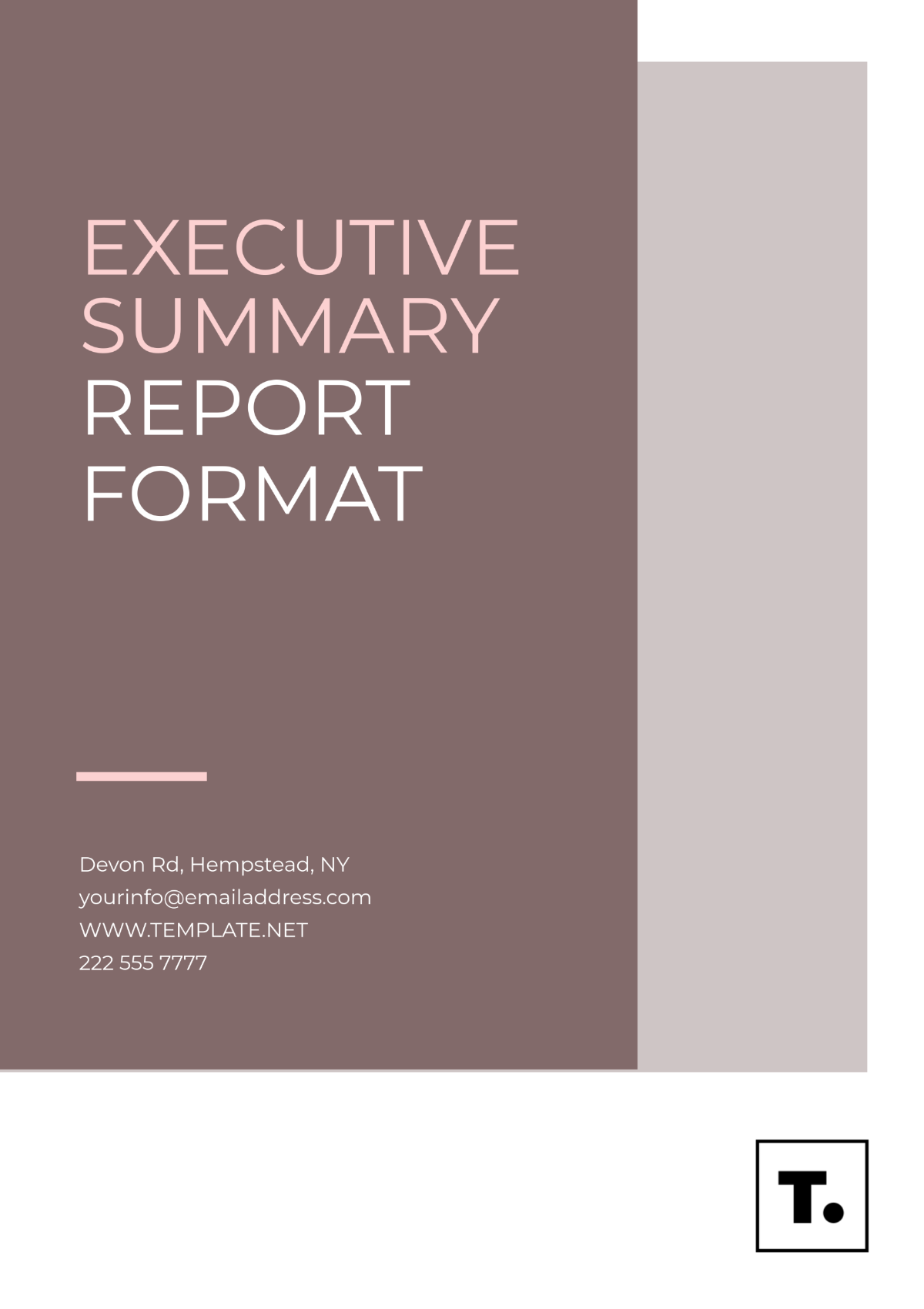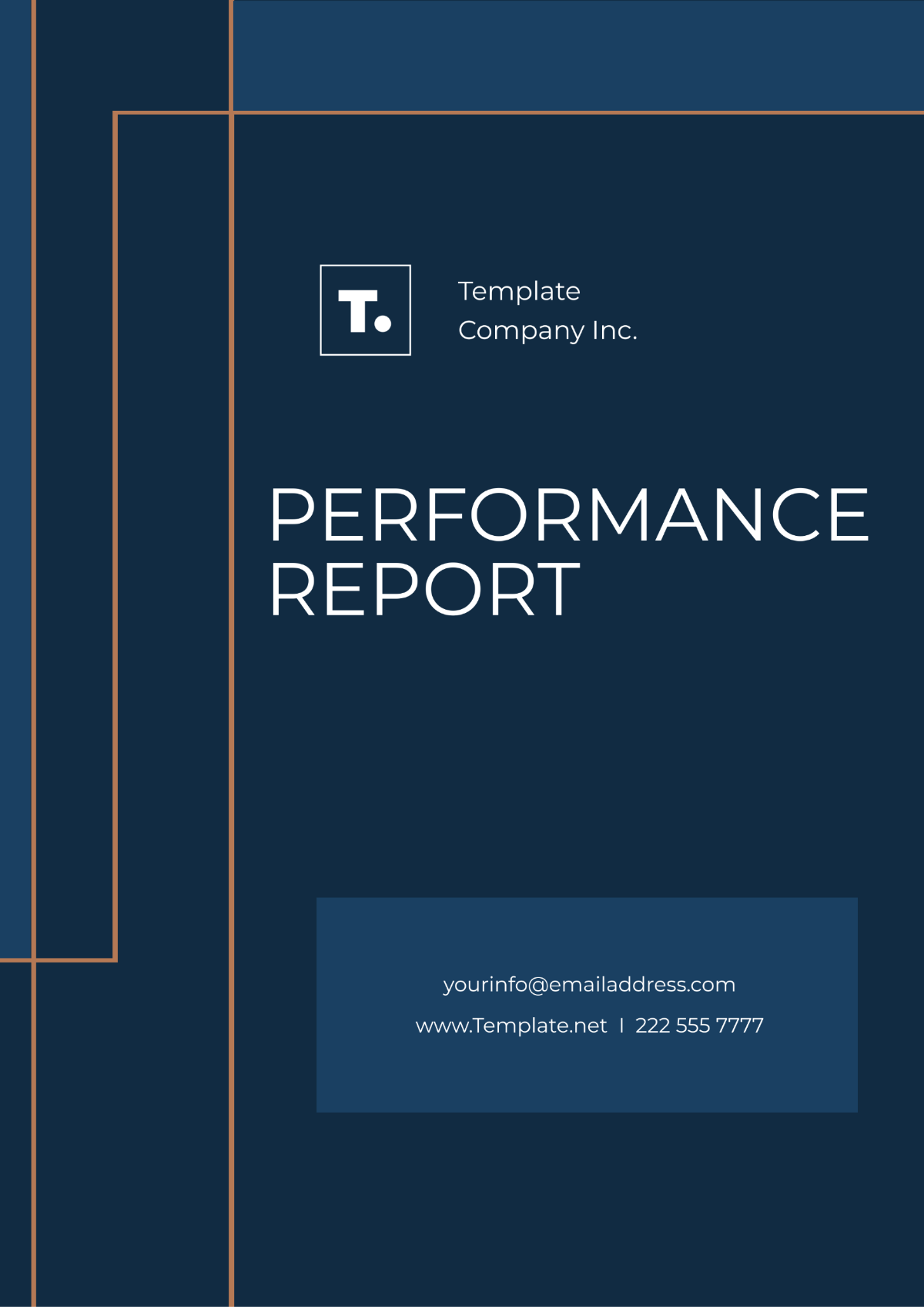Free Lab Report Conclusion Template
Lab Report Conclusion
I. Summary of Results
The experiment was designed to evaluate the effect of a specific factor on a particular outcome. The key findings are as follows:
The introduction of the factor led to a notable 25% increase in the outcome compared to the control group, demonstrating a substantial impact.
A strong positive relationship was observed, with a correlation coefficient of 0.85 between the factor and the outcome.
The results were statistically significant, as indicated by a p-value of less than 0.01 from the t-test analysis, confirming the reliability and robustness of the findings.
II. Comparison to Hypothesis
The initial hypothesis anticipated that the factor would have a positive effect on the measured outcome. The results align with this hypothesis, as demonstrated by:
A significant 25% increase in the outcome compared to the control group, reflecting the anticipated positive impact of the factor.
A robust correlation coefficient of 0.85, underscores a strong and positive relationship between the factor and the outcome.
A p-value that is statistically significant, specifically one that is less than 0.01, provides strong evidence to support the conclusion that the observed effects are highly unlikely to have occurred purely by chance.
These findings are consistent with the hypothesis, confirming that the factor has a meaningful and positive influence on the outcome.
III. Interpretation of Findings
The findings indicate that the factor exerts a significant impact on the outcome. The strong positive correlation and statistical significance suggest several key insights:
Influence Through Mechanisms: The factor likely affects the outcome through specific underlying mechanisms, potentially involving complex physiological or biochemical processes.
Direct Effect: The observed 25% increase in the outcome suggests a direct effect of the factor on the pathways that regulate the outcome, rather than an indirect influence.
Predictability and Reproducibility: The high correlation coefficient of 0.85 implies that the effect of the factor is both predictable and reproducible, making it a reliable element in similar experimental conditions.
IV. Implications
The findings of this study have a range of broader impacts and applications that extend beyond the immediate scope of the research.
Category | Implication |
|---|---|
Medical Applications |
|
Industrial Applications |
|
Further Research |
|
V. Suggestions for Future Research
Based on the information and conclusions drawn from the present findings, several specific recommendations for the direction and focus of future research endeavors are being suggested:
Exploring Long-term Effects: Conduct longitudinal studies to assess the sustained impact of the factor on the outcome over extended periods, providing insights into its long-term efficacy and stability.
Investigating Underlying Mechanisms: Delve into the biochemical and physiological pathways through which the factor influences the outcome. This will help elucidate the precise mechanisms and interactions involved.
Testing Different Levels: Perform experiments with various concentrations or amounts of the factor to identify the optimal level for maximizing the outcome, ensuring the most effective application.
Cross-disciplinary Studies: Collaborate with experts from different fields to explore the factor’s broader implications and potential effects across diverse contexts and applications.
Broadening Sample Diversity: Expand research to include a wider range of populations or sample types. This will enhance the generalizability of the findings and assess the factor's effectiveness in varied settings.

















































